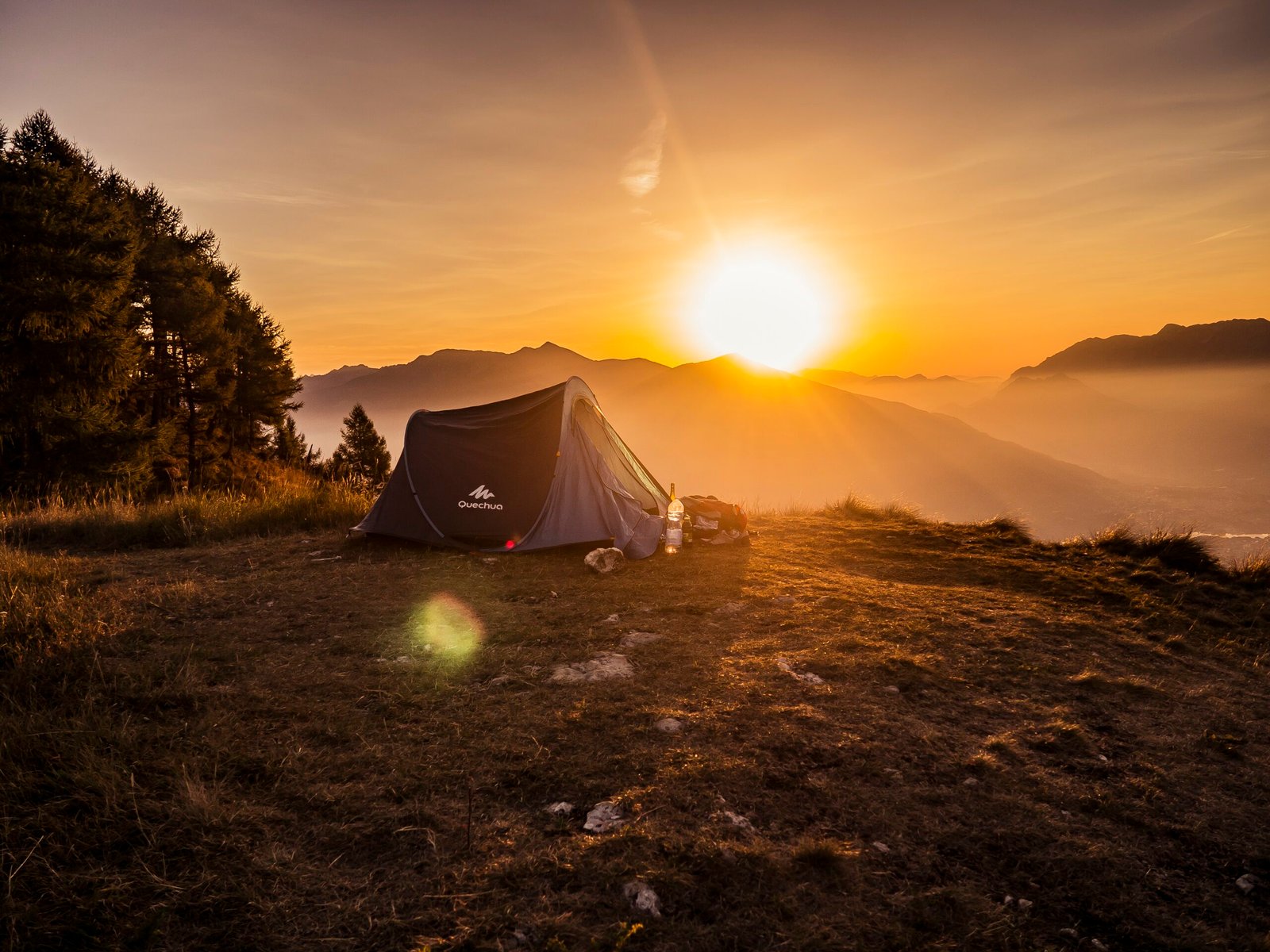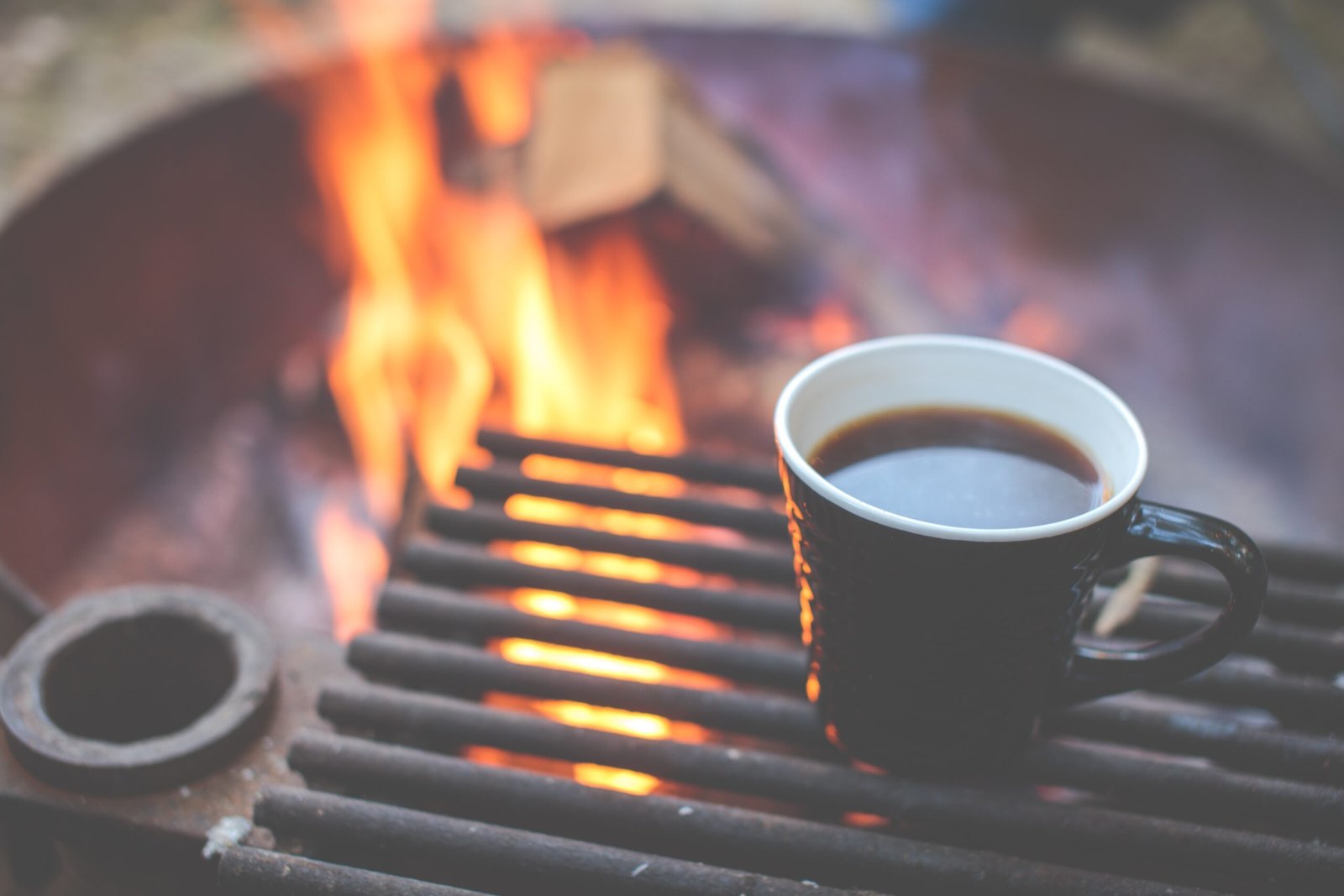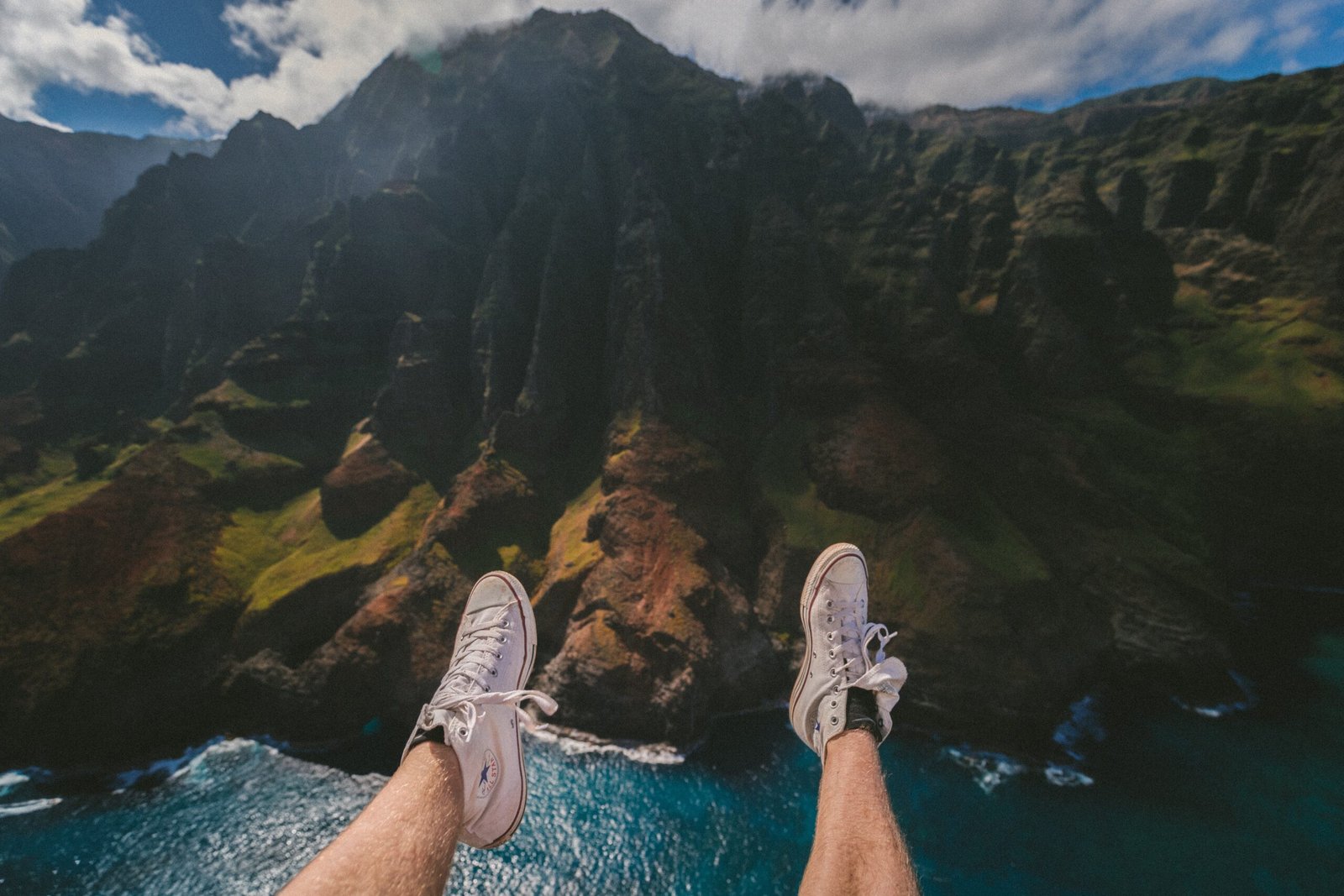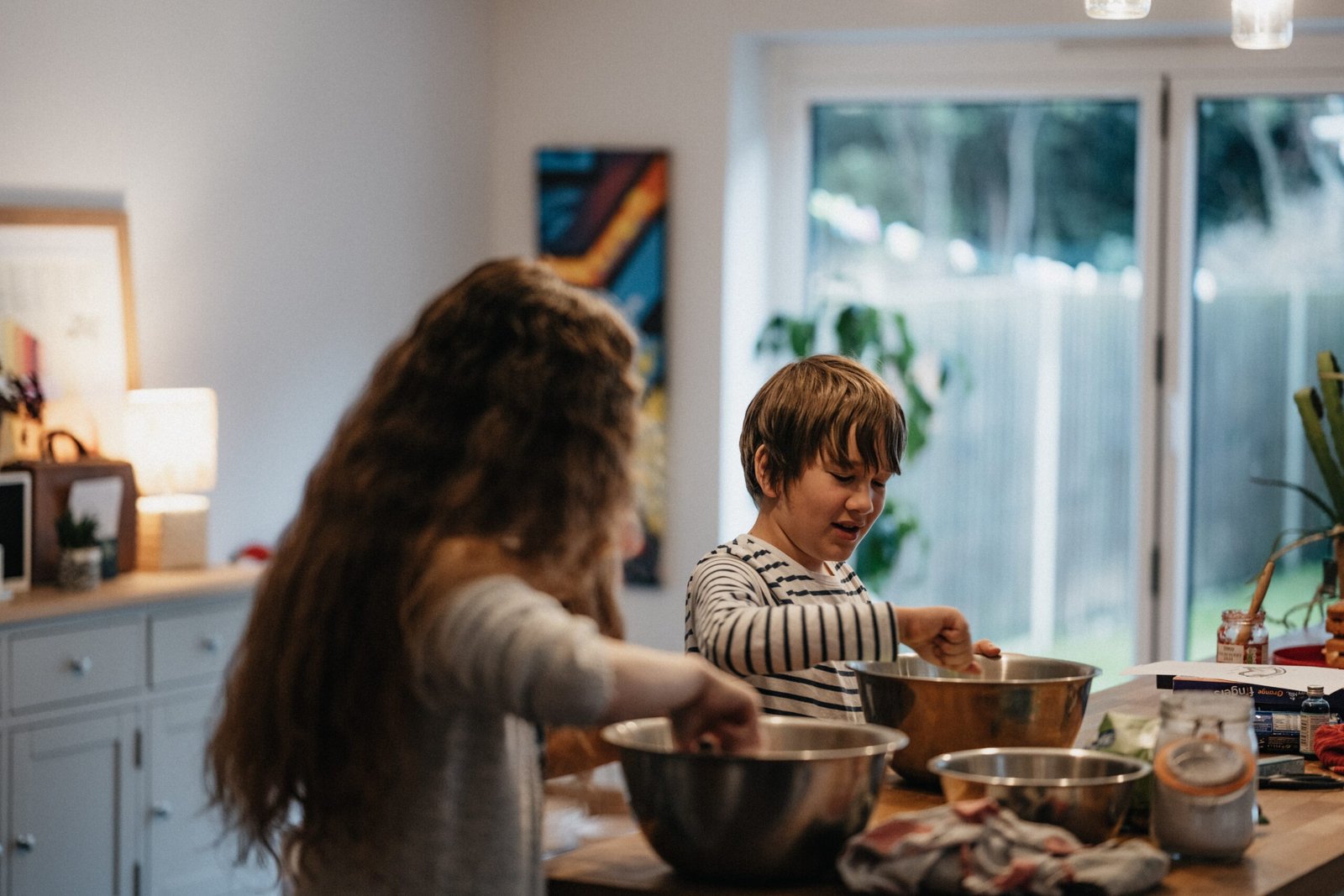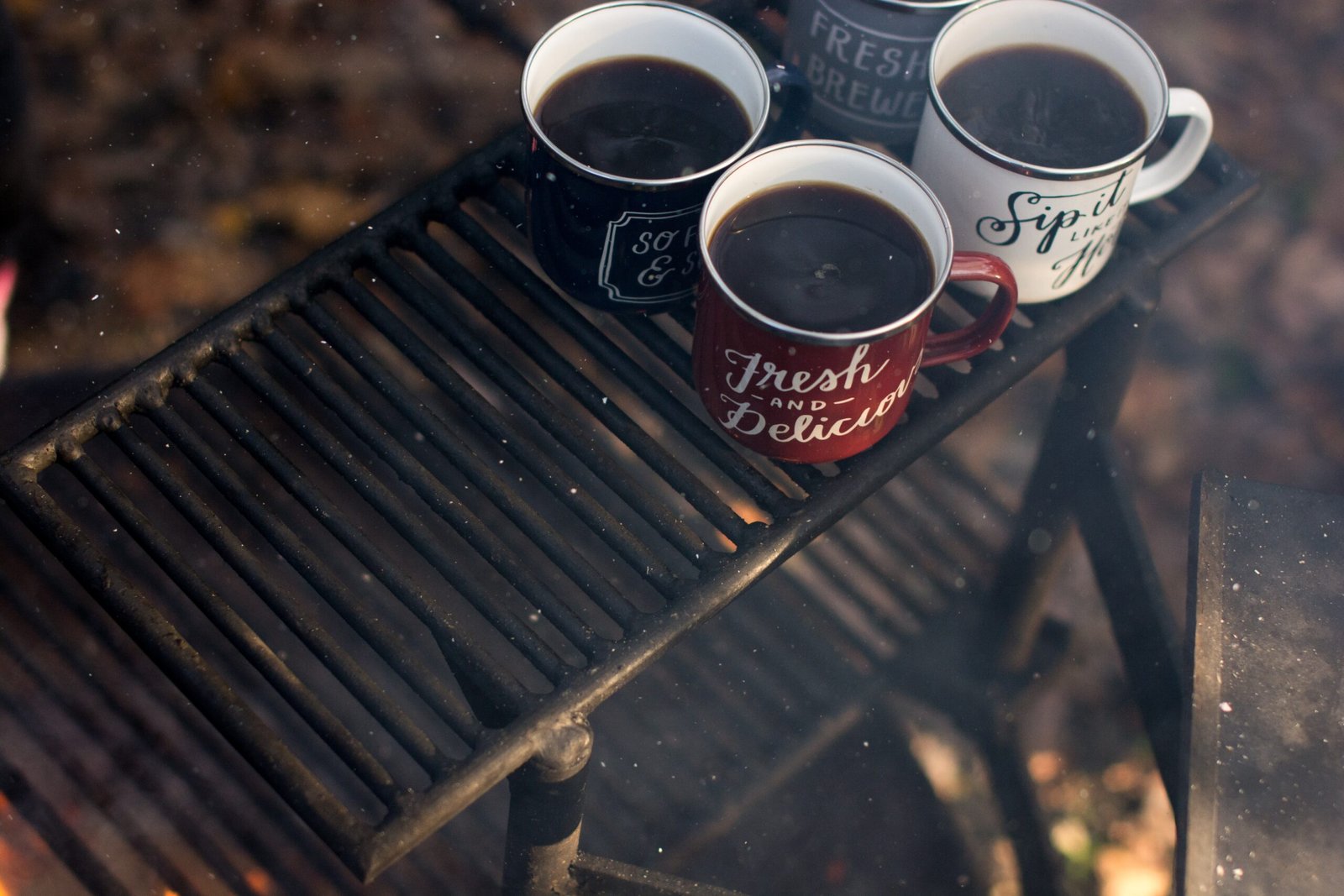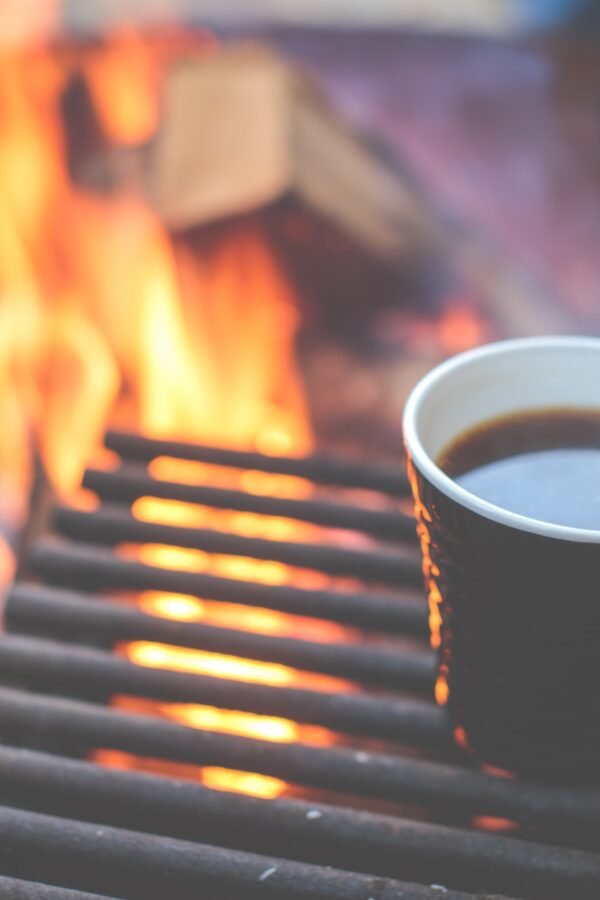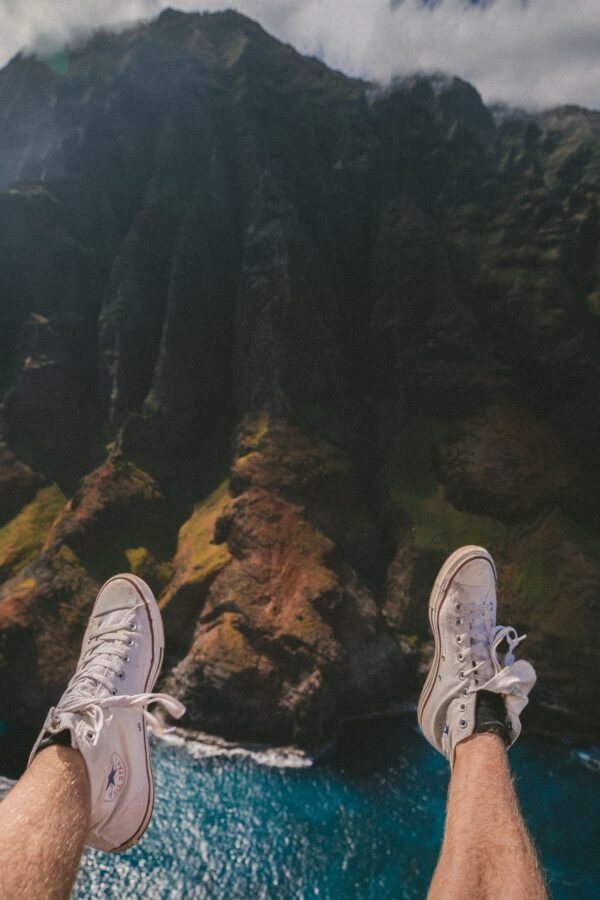Imagine spending a beautiful summer weekend camping in the great outdoors, surrounded by nature’s stunning wonders. As you embark on this adventure, one important aspect to consider is how to keep your food cold throughout the trip. With the help of Tutti Camping, you can now unlock the secret to preserving your perishables and enjoy fresh, delicious meals even in the most remote camping locations. Whether you’re a seasoned camper or just starting out, this article will provide you with invaluable tips and tricks on how to keep food cold while camping. So, grab your camping gear and get ready for a memorable experience filled with tasty meals and unforgettable moments in the wilderness.
Choosing the Right Cooler
When it comes to choosing the right cooler for your camping trip, there are a few key factors to consider. First and foremost, you’ll want to think about the size and capacity of the cooler. Consider how many people will be on the trip and how much food and drinks you’ll need to store. If you’re camping with a large group or for an extended period of time, you might need a larger cooler to accommodate all your supplies.
Another important factor to consider is insulation. Look for a cooler that has thick walls and a good seal to prevent warm air from entering and cold air from escaping. Insulation is crucial for keeping your food and drinks cold, especially in hotter climates or during longer camping trips.
Lastly, opt for a cooler made of durable and waterproof material. You’ll want a cooler that can withstand the rough outdoors, whether it’s being jostled around on a bumpy road or being exposed to rain or other weather elements. A waterproof cooler will ensure that any melting ice or condensation doesn’t leak out and ruin your camping supplies or create a mess.
Pre-Cooling the Cooler
To make sure your cooler is at the optimal temperature before packing it with food and drinks, there are a few steps you can take. First, make sure to clean and dry the cooler thoroughly. Any residual dirt or moisture can lead to the growth of bacteria, which can spoil your food.
After cleaning, chill the empty cooler before packing it. You can do this by filling it with ice or ice packs and letting it sit for a couple of hours. This helps to lower the internal temperature of the cooler and ensures that it’s ready to keep your food cold once it’s packed.
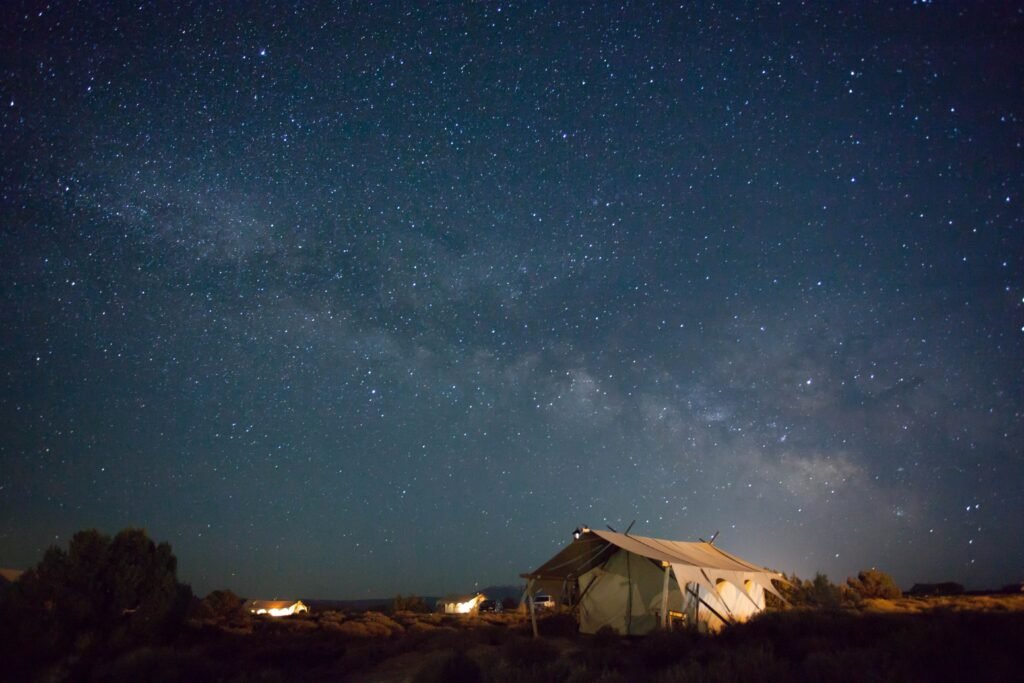
Packing the Cooler Efficiently
Efficiently packing your cooler is essential to keeping your food cold and organized. Start by using ice packs or blocks instead of bagged ice. Ice packs tend to last longer and are less likely to create a mess as they melt. Place a layer of ice packs at the bottom of the cooler to create a cold foundation for your items.
When packing food and drinks, alternate layers of ice and food. This helps to distribute the cold air evenly and keep everything at a consistent temperature. Also, try to pack the cooler as tightly as possible to minimize the amount of empty space. The less air that’s in the cooler, the longer your ice will last.
If you’re bringing raw meat, be sure to keep it sealed and separate from other food items. This prevents cross-contamination and reduces the risk of foodborne illnesses. Use sealed containers or ziplock bags to keep the raw meat contained and prevent juices from leaking onto other items.
Minimizing Cooler Opening
Every time you open the cooler, you let warm air in and cold air out, which can accelerate the melting of ice and increase the temperature inside. To minimize the number of times you need to open the cooler, it’s helpful to plan your meals in advance. Preparing meals ahead of time and portioning them out into individual servings can help you avoid rummaging through the cooler every time hunger strikes.
Consider using a separate cooler for drinks. Drinks tend to be consumed more frequently than food, and having a separate cooler for them allows you to access refreshments without disturbing the food cooler as often.
If you and your camping companions enjoy frequent snacking, consider investing in a smaller day cooler specifically for these snacks. This way, you can keep the main cooler closed as much as possible while still having easy access to quick bites throughout the day.
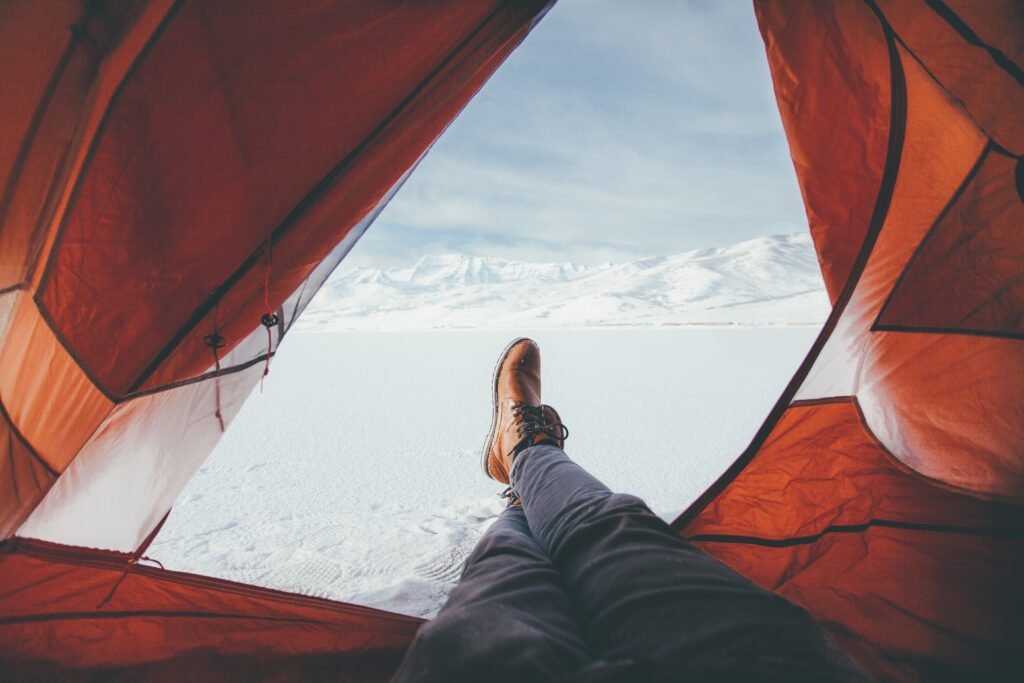
Storing in a Shaded and Cool Area
The location of your cooler can greatly impact its ability to keep food cold. When setting up your campsite, try to find a shaded spot to place the cooler. Direct sunlight can raise the temperature inside the cooler and speed up the melting of ice. Look for a spot under a tree or next to a large rock or other natural shade provider.
If shade is limited, you can create your own shade by using a tarp or umbrella to cover the cooler. This helps to block out the sun’s rays and keep the temperature inside the cooler as low as possible.
In extreme cases, you can even consider burying the cooler in the ground. This takes advantage of the natural insulation properties of the earth and can help to keep your food cold for longer periods of time. Just be sure to mark the location so you can easily find and retrieve the buried cooler.
To further enhance the cooling capabilities of your cooler, elevate it off the ground. Placing the cooler on a table or a set of sturdy rocks can help to insulate it from the heat of the ground and improve its overall performance.
Utilizing Natural Cooling Methods
There are a few natural cooling methods you can use to help keep your food cold while camping. One option is to use a wet towel or bandana. Simply soak the cloth in cold water, wring out any excess, and then drape it over the cooler. As the water evaporates, it creates a cooling effect that can help to keep the temperature inside the cooler lower.
Another method is to soak the entire cooler in cold water. This can be particularly effective if you’re near a natural water source like a river or lake. Submerging the cooler in the cool water can help to regulate its internal temperature and keep your food cold for longer.
If you have access to a nearby body of water, you can also consider utilizing it as a natural ice source. Fill ziplock bags with water, seal them tightly, and then place them in the water to freeze. These homemade ice blocks can be used to supplement the ice in your cooler and help it stay colder for a longer period of time.
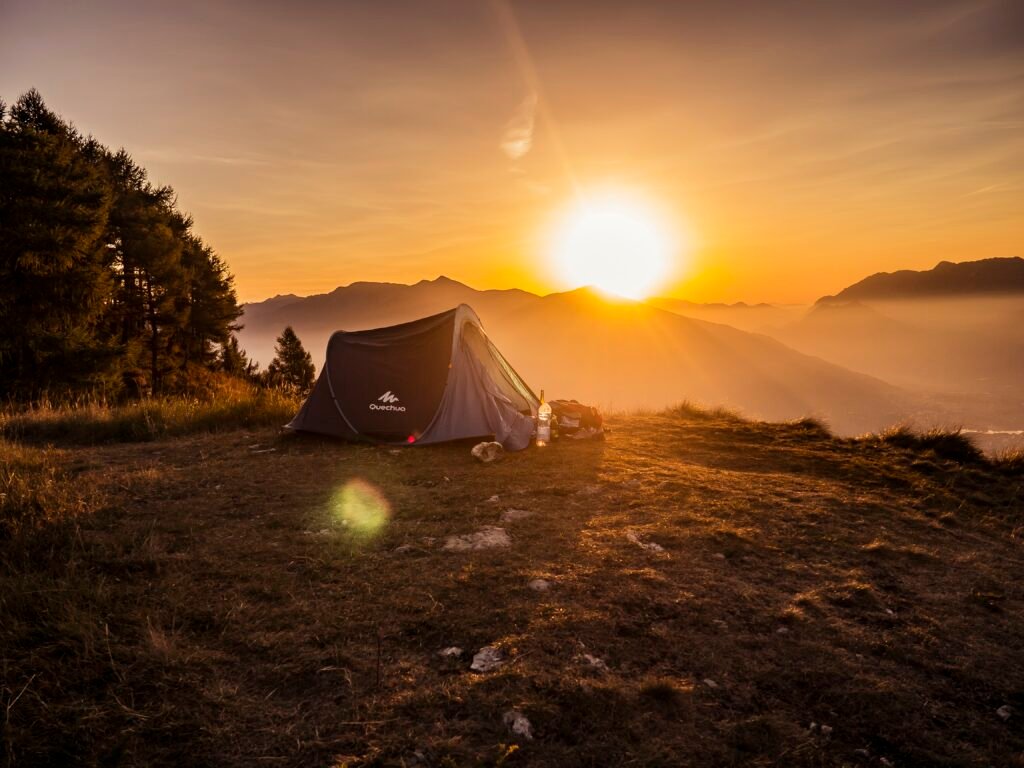
Avoiding Cross-Contamination and Spoilage
Keeping your food safe and preventing cross-contamination is crucial for a successful camping trip. Make sure to always keep your cooler covered when not in use. This helps to protect it from exposure to insects and other contaminants.
It’s also important to separate raw foods from ready-to-eat foods. Raw meats, in particular, can harbor harmful bacteria that can cause foodborne illnesses. Store raw meats in sealed containers or ziplock bags and keep them separate from cooked foods and other perishables.
Monitoring and managing the internal temperature of your cooler is another key aspect of avoiding spoilage. Use a thermometer to regularly check the temperature inside the cooler and make any necessary adjustments. Keep in mind that the ideal temperature for perishable foods is below 40°F (4°C).
Managing Ice Usage and Melting
Ice is a crucial component of keeping your food cold, but it’s important to use it wisely to maximize its effectiveness. Choosing the right type of ice can make a difference in how long it lasts. Block or dry ice tends to last longer than crushed or cubed ice, as it melts at a slower rate. Consider using a combination of different types of ice to create a balance between longevity and convenience.
To prevent ice from melting quickly, avoid opening the cooler unnecessarily and keep it away from direct sunlight. Minimizing the amount of warm air that enters the cooler and shielding it from the sun’s rays can help to preserve the ice and keep your food cold.
Using frozen foods as ice packs is another smart strategy. Items like frozen water bottles or bags of frozen vegetables can serve a dual purpose. They not only help to keep your food cold, but as they thaw, they also provide additional food and drinks for your camping trip.
Consider Alternative Cooling Options
If you’re looking for more advanced cooling options for your camping adventures, there are a few alternatives to traditional coolers that you can consider. A solar-powered fridge is a great option for campers who plan to stay in one location for an extended period of time. These fridges use solar energy to keep your food cold without the need for ice.
Dry ice is another alternative worth exploring. It’s extremely cold and can last for a long time, making it ideal for longer camping trips. However, it’s important to handle dry ice with caution, as direct contact can cause frostbite.
If you have access to electricity at your campsite, a portable electric cooler can be a convenient option. These coolers can be plugged into a power source and function like a mini-refrigerator. They tend to be more expensive than traditional coolers but offer the convenience of consistent cooling without the need for ice.
Maintaining Food Safety
Even with the best cooling methods in place, it’s important to prioritize food safety while camping. One key practice is to consume perishable foods first. Start by eating the items that are most likely to spoil quickly, like fresh produce or dairy products. This helps to minimize the risk of foodborne illnesses.
Properly storing leftovers is equally important. If you have any leftovers from a meal, be sure to pack them away promptly and store them in a separate container or bag. Keep them in a cooler or refrigerate them if possible. Leftovers should be consumed within a day or two to ensure their safety.
Lastly, follow safe food handling practices at all times. This includes washing your hands before handling food, using separate cutting boards for raw and cooked items, and cooking meats to their recommended internal temperatures. By practicing good food hygiene, you can prevent illnesses and ensure a safe camping experience.
In conclusion, keeping your food cold while camping is essential for both enjoyment and safety. By choosing the right cooler, pre-cooling it properly, efficiently packing it, minimizing cooler opening, storing it in a shaded area, utilizing natural cooling methods, avoiding cross-contamination, managing ice usage, considering alternative cooling options, and maintaining food safety, you can ensure that your camping meals are delicious, refreshing, and most importantly, safe to eat. Happy camping!

